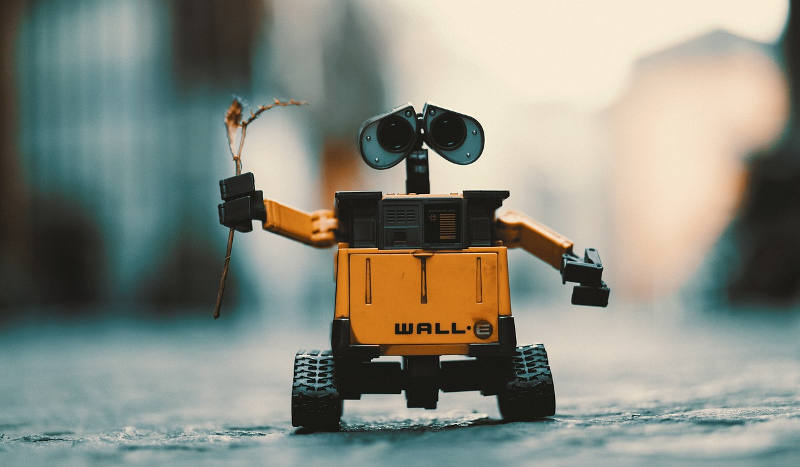According to Dr Paul Ekman, clinical psychologist who is an expert lie detector, our facial expressions for emotion are innate, universal and nearly impossible to conceal. When we’re lying about emotion, pretending to be happy when we’re sad, for example-microexpressions can flash across our faces before we can get a hold of them.
These involuntary facial microexpressions often occur as fast as 1/15 to 1/25 of a second. A very small percentage of people (less than 1 percent according to Ekman) are natural lie detectors who can detect microexpressions and lies without being trained. Some of the reasons why humans sometimes fail to read emotions are that we believe lies, we are biased, we have preconceived ideas and focus on our own emotions. If we could use a computer it will focus entirely on its task without being entangled by the mentioned reasons. The emotionally intelligent robot could help us to detect lies in human beings.
In the past years, researchers have been trying to design emotional intelligent robots, but without meaningful progress. However, there has been a significant breakthrough as we saw on the consumer electronics show which was done from 9 to 12 January 2018, in Las Vegas. It highlighted how robots can behave like humans by acquiring emotional intelligence. For example there was a robot called Forpheus which played table tennis. It can read body language and understand your mood thereby predicting your next shot. Another robot called Pepper is capable of interpreting a smile, frown, tone of voice and other non verbal language.
When designing a robot to detect lies, it’s important to work closely with (a) psychologist(s). For example experts say that if a right handed man is making up lies, his eyes move up and to the right to access his imagination but if he looks upward and to his left he is accessing his memory of the incident, and is telling the truth.
Also, another example; if you ask someone what he heard, when telling the truth, his eyes will shift towards his left to recollect the sound he heard. If his eyes shift towards his right he is about to lie. These eye movements occur in a fraction of a second. A robot with an optical eye tracker can be designed. This tracker uses infrared light reflected by the eye and sensed by a video camera or other specially designed optical sensor. The sequence and direction of eye movement will be analysed by a computer program within the robot and a result is given based on the facts discussed.
Another example of a lie microexpression is a prolonged duration of a blink, if a person has just lied. Normally a person blinks at a speed of 0.1 to 0.4 of a second. An eye blinking sensor can be installed on the robot. The sensor uses infrared emitting diode. A cable connects the sensor to the control board and it sends the eye blinking signal to the computer for recording. For accurate results, a normal conversation is done with the person under review. The sensor then records his average blinking speed. Then his blinking speed just after he has been asked the question of interest is compared with his average blinking speed. If the blinking speed is at least twice his average blinking speed then he is lying.
Most psychologists say sometimes we cannot conclude by just one microexpression that a person is lying. Therefore the robot has to have the sensors for the full list of common microexpressions done when someone is lying. Also it is wise to determine the condition of the person before interrogating him, because some of the microexpressions maybe distorted by other factors.
For example, people may purse their lips to counteract the dry mouth that comes with lying. But some medication may cause drying of the mouth. Thus we may get incorrect results for this microexpression, if the person is under certain medication.
Questions can be inputted into the robot software then it asks the person under investigation. Per each question the software processes all microexpressions obtained from the sensors. If at least a certain percentage of the processed microexpressions are saying the person is lying then the robot will say you are lying, otherwise it will say you are telling the truth.
This emotional intelligent robot can be a better improvement from a polygrapher system in terms of accuracy. The polygrapher just uses few parameters which can be fooled, as it usually measures breathing rate, pulse rate, blood pressure and respiration rate. However, some microexpressions are difficult and can not be fooled.
The emotional intelligent robot technology is still in the early stages but in the near future a lie detecting robot can be used by security agents or in courts by judges.
Noreen Sarai Computer Science, Bindura University of Science education, Zimbabwe. noreyn@gmail.com

One response
good idea keep it up